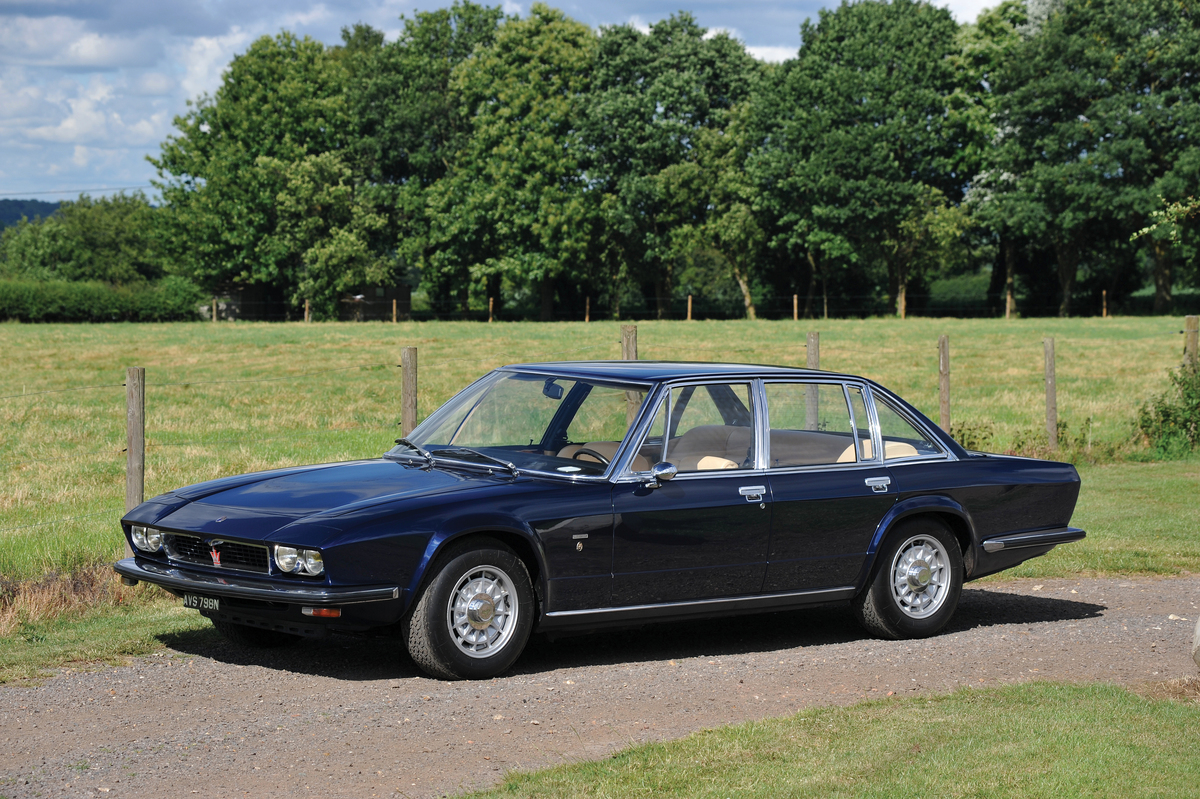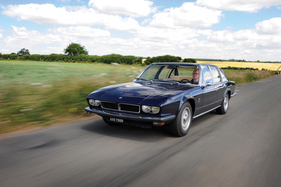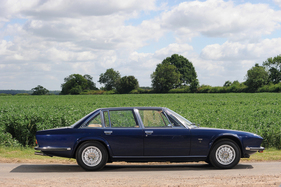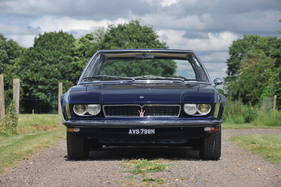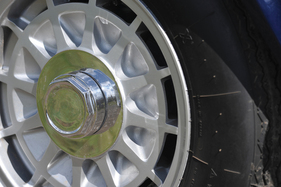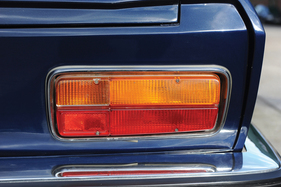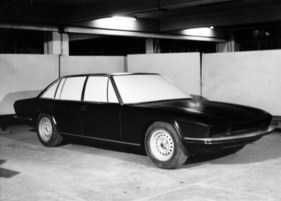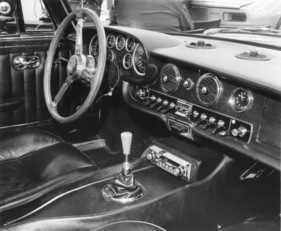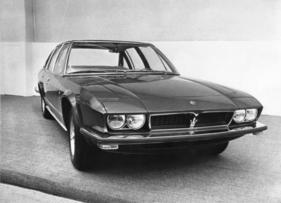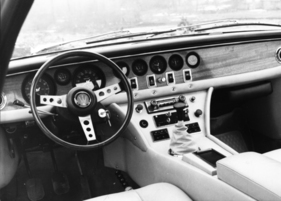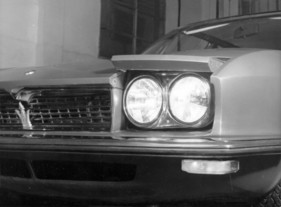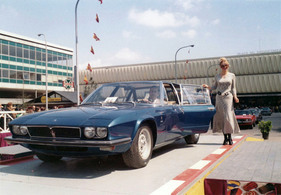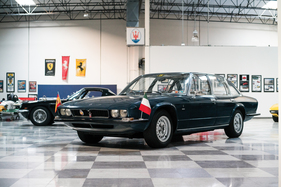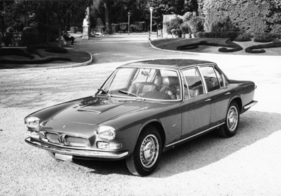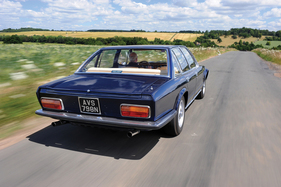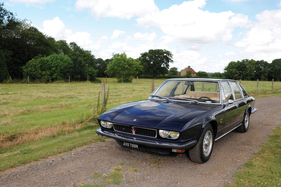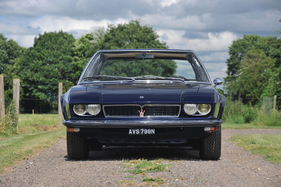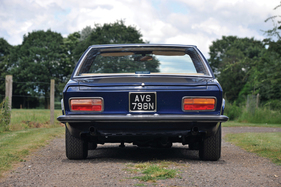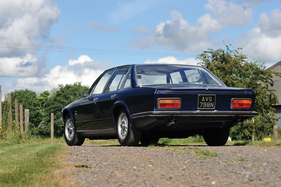Fast luxury - a successor to the first Maserati Quattroporte by Pietro Frua
Summary
The Maserati Quattroporte, which Pietro Frua built as a prototype for the manufacturer in 1971, can be considered one of his most elegant limousine designs. Aga Khan liked the car so much that he ordered his own, which is why two vehicles with the same special body were built by hand. Both survived, and some of them were even owned by the same person. But is there a mysterious third example? This report describes the history and circumstances surrounding the construction of the Maserati Quattroporte in the early seventies and shows the two well-known cars in many pictures.
This article contains the following chapters
- A new saloon
- First series (Tipo 107)
- Frua's proposal for the second series (Tipo 121)
- The second Frua Quattroporte for the Aga Khan
- The prototype has survived
- Both cars temporarily with the same owner
- Was there a third vehicle?
- Further information
Estimated reading time: 8min
Preview (beginning of the article)
At the beginning of the seventies, Pietro Frua, aged 57, had actually already reached the peak of his third career. As design director of the largest Italian bodywork factory Stabilimenti Farina in the 1930s, as owner of his own carrozzeria with an output of up to 180 bodies per year in the 1950s and with his mass-produced designs for the Lower Bavarian manufacturer Glas and Maserati in Italy in the 1960s, he had achieved everything he could as a creative lone wolf. The contracts with his two biggest customers had expired in the following years after the takeover of Glas by BMW in 1967 and of Maserati by Citroën in 1968. But he remained tireless and tried to keep up with the design zeitgeist and compete with designers of the younger generation such as Marcello Gandini and Giorgio Giugiaro.
Continue reading this article for free?
Photos of this article

